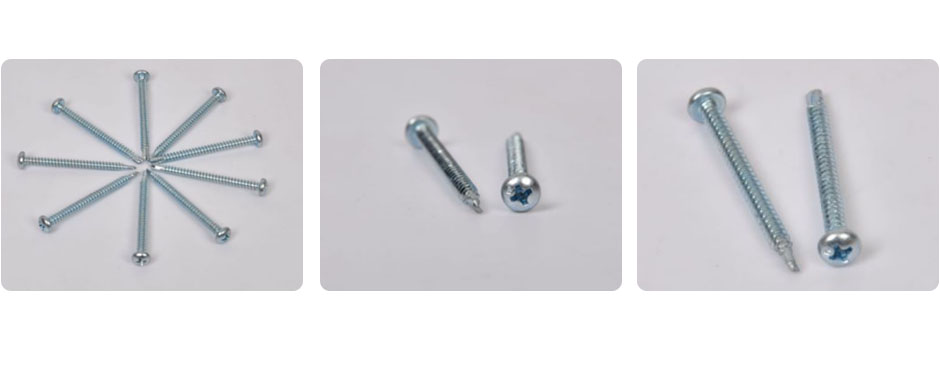Comparison of Cut Washers and Flat Washers from Leading Manufacturers in the Market
Understanding the Differences Between Cut Washers and Flat Washers
When it comes to fasteners and their accompanying components, washers play a crucial role in various applications. Among the types of washers, cut washers and flat washers are commonly used in many industries. Each type has its unique properties, advantages, and applications, making it important for manufacturers to choose the right one for their specific needs. This article will delve into the differences between cut washers and flat washers, exploring their features, benefits, and the circumstances under which each should be utilized.
What are Flat Washers?
Flat washers are thin, flat discs that are generally made from metal, but can also be found in plastic and rubber forms. They are primarily used to distribute the load of a screw or nut over a larger surface area, which helps prevent damage to the material being fastened. Flat washers come in various sizes and thicknesses, and they are characterized by their circular shape with a central hole that fits over fasteners like bolts or screws.
Key Features of Flat Washers
1. Load Distribution Flat washers provide excellent load distribution, which minimizes the risk of localized damage to materials. 2. Versatility Available in an assortment of sizes and thicknesses, flat washers are versatile and can be used in various applications—from construction and automotive to electronics.
3. Corrosion Resistance Many flat washers are treated to resist corrosion, making them suitable for outdoor or harsh environments.
4. Electrical Insulation Some plastic or rubber flat washers serve as insulators, preventing the passage of electricity between fasteners.
What are Cut Washers?
Cut washers, also referred to as lock washers or split washers, are designed with a split or a 'cut' that forms a spring effect. This feature allows them to exert a continuous force against the fastener, resisting loosening caused by vibration or torque. Cut washers are typically used in applications where maintaining a secure connection is critical.
Key Features of Cut Washers
1. Vibration Resistance The spring-like characteristics of cut washers make them highly effective in preventing fasteners from loosening due to vibrations, which is especially important in machinery and automotive applications.
2. Self-Locking Mechanism The design inherently aids in creating a self-locking effect, which enhances security around fastened joints.
cut washer vs flat washer manufacturers

4. Application Specific They are particularly useful in high-tension situations, where load variation is a factor.
Comparison Between Cut Washers and Flat Washers
While both cut washers and flat washers serve essential functions in fastening systems, they cater to different needs
- Functionality Flat washers mainly provide load distribution, while cut washers focus on resistance to loosening through vibration. If the application requires fasteners to remain secure under dynamic stresses, cut washers are often the better choice.
- Design The flat surface of flat washers allows for broader contact with the fastener, whereas the split nature of cut washers ensures that they exert pressure and maintain tension.
- Material and Coating Options Though both washers can come in varied materials, flat washers often feature protective coatings for corrosion, while cut washers may be made from high-strength materials due to their locking function.
Choosing the Right Washer
Selecting the correct washer type is crucial for the integrity and reliability of any fastening system. Here are some considerations that manufacturers should keep in mind
1. Application Environment For high-vibration scenarios or mobile equipment, cut washers may be more suitable, while flat washers may suffice in static or less dynamic situations.
2. Load Requirements If heavy loads are involved, flat washers might be necessary to distribute weight evenly.
3. Installation Space Limited space may necessitate the use of cut washers, as they usually take up less room than traditional flat washers with added thickness.
4. Material Compatibility The choice of material should complement the specific application requirements, such as the potential for corrosion or electrical connectivity.
Conclusion
In conclusion, both cut washers and flat washers have distinct advantages that cater to specific applications. Understanding the functional differences and the required characteristics for a given task will help manufacturers and engineers make informed choices when selecting the appropriate type of washer. As industries continue to evolve and demand for specialized fasteners increases, knowing the right washer type will equip manufacturers to ensure durability, safety, and performance in their projects.
-
Top Choices for Plasterboard FixingNewsDec.26,2024
-
The Versatility of Specialty WashersNewsDec.26,2024
-
Secure Your ProjectsNewsDec.26,2024
-
Essential Screws for Chipboard Flooring ProjectsNewsDec.26,2024
-
Choosing the Right Drywall ScrewsNewsDec.26,2024
-
Black Phosphate Screws for Superior PerformanceNewsDec.26,2024
-
The Versatile Choice of Nylon Flat Washers for Your NeedsNewsDec.18,2024










